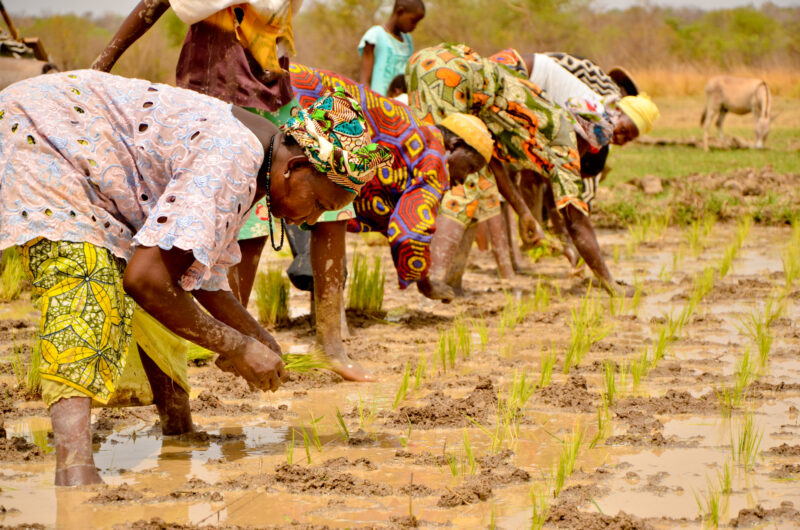Lessons from the INDC process in The Gambia
Sandra Freitas and Marion Vieweg-Mersmann
Share

The Gambia has been active in the area of climate change for a long time and has a strong track record of supporting ambition at the national and international level. The Gambia is a Least Developed Country, whose emissions in 2000 only amounted to 0.05% of total global emissions. Despite this, the country has been highly vulnerable to the impacts of climate change.
While The Gambia has put a strong focus on adaptation, the INDC process was started because the country also views mitigation with high importance, believing that everybody has a responsibility to contribute to the global effort.
Supported by the German government and the Climate and Development Knowledge Network (CDKN), the process was kicked off in January 2015, with a scoping mission of Climate Analytics’ team supporting the technical analysis and a technical workshop involving over 80 national experts from all sectors. Although there is still a long way to go, there are a number of lessons to be drawn from the Gambia experience.
Using the opportunity to enhance national capacity. Although the timeframe of the INDC development process is short, it can be used as an opportunity to strengthen national capacity in the realm of climate change. This includes raising awareness with different stakeholders about climate change and its impacts, but also on mitigation options, and the opportunities and benefits of low-carbon development. The INDC development process can stimulate national discussions and cross-sectoral dialogue and exchange. Conducting the analysis in close cooperation with national experts, and the use of appropriate tools and methodologies can enhance the technical capacity inside the country to follow-up on the INDC process with implementation activities.
There are limits to what technical analysis can achieve. The challenges in data and information availability, especially in smaller, less developed countries, are well known. This is the case even for countries like The Gambia, where a wealth of information is available for different sectors and individual interventions. Robust time series data on activity and emissions are difficult or impossible to obtain. Very little cross-sectoral analysis is available. While such a cross-sectoral assessment is currently under way in The Gambia, it will not deliver results in time for the INDC process. Given the constraints on data, time and resource availability, and the complexity of the task, there are clear limits to the level of detail and accuracy of any technical analysis. It can, therefore, only provide a rough direction, based on best available current knowledge. An example for the limitations of projecting future developments is the price development of renewable technologies over the last years, which by far outpaced projections.
It is important to create awareness and buy-in at all levels. An important part of the INDC-process in The Gambia is the information of and consultation with stakeholders at all levels. This includes policy makers, technical experts from ministries, agencies and other institutions, the private sector and civil society. Consultations are held at the technical level, at the district level and at national level. This process ensures that all those engaged in the later implementation process will back the type and level of the INDCs proposed and, as such, is critical to the successful implementation of the contribution. It also ensures feasibility of what is proposed as well as alignment with other goals, policies and activities. While such a process is time-consuming and requires resources, it is worth while the effort.
In the end, it is a political decision. Technical inputs form an important element in the INDC-process and should be closely tied-in with national experts and stakeholders. But at the end of the day, the determination of the INDCs will need to be a political choice. It depends on the political will of the country’s leadership to send a signal – nationally and internationally – on how seriously they take the climate change challenge and how far they are willing to go to avoid the worst consequences. No technical analysis will be able to replace real leadership that is rooted in responsibility and a vision of a better world – a world that may yet seem slightly unrealistic, but will only ever be able to come true, if we strive to achieve it.
This is one of a series of analyses on INDCs from CDKN and its partners, including Climate Analytics.











